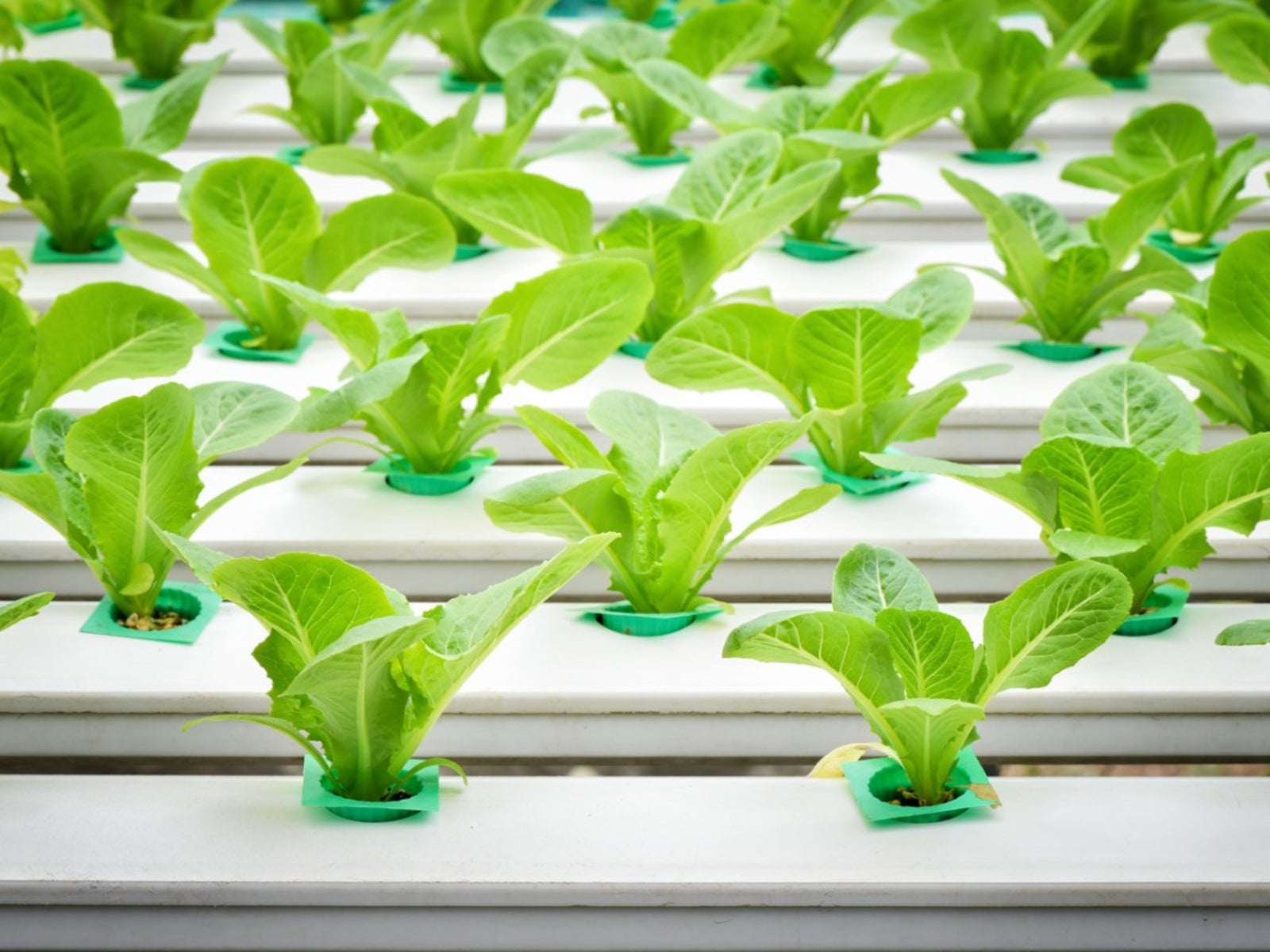Hydroponic Gardening Indoors


Hydroponic gardening is one of the best ways to grow fresh vegetables year-round. It is also a great alternative for growing a variety of plants in smaller spaces, such as indoors. Hydroponic gardening is simply a means of growing plants without soil. When plants are grown hydroponically, their roots do not find it necessary to seek out the required nutrients for survival. Instead, they are provided with all the necessary nutrients for strong, vigorous growth directly. As a result, root systems are smaller and plant growth is more abundant.
Elements of Hydroponic Gardening
There are many advantages to hydroponic gardening. For instance, all the required elements that influence healthy plant growth can be easily controlled and maintained. This includes factors such as light, temperature, humidity, pH levels, nutrients, and water. The ability to control these elements makes hydroponic gardening easier and less time consuming than gardening with soil.
Light
When using hydroponic gardening methods indoors, light can be provided through a bright window or beneath suitable grow lights. In general, the type of light used and how much is needed falls on the gardener and types of plants grown. The light source, however, must be bright enough to trigger flowering and fruit production.
Temperature, Humidity & pH Levels
Suitable temperatures with sufficient amounts of humidity and pH levels are equally important. There are many hydroponic gardening kits available to help get beginners started. Generally, if hydroponic gardening indoors, room temperature is adequate for most plants. Humidity levels should stay around 50 to 70 percent for optimal plant growth, much the same as for growing houseplants. With hydroponic gardening, pH levels are extremely important and should be checked regularly. Maintaining pH levels between 5.8 and 6.3 is usually suitable for most plants. Suitable ventilation is another important aspect of hydroponic gardening and can be easily accomplished with ceiling fans or oscillating ones.
Nutrients & Water
Nutrients are provided through specifically designed hydroponic gardening fertilizer and water. The nutrient solution (fertilizer and water) should always be drained, cleaned, and refilled at least one or two times a month. Since plants grown hydroponically do not require soil, there is less maintenance, no weeding, and no soil-borne diseases or pests to worry with. Plants can be grown using a variety of mediums, such as gravel or sand; however, this is merely for anchoring the plant. The continual supply of nutrient solution is what keeps the plants alive and healthy. There are also different methods used for providing this nutrient solution.
- Passive method - The simplest form of hydroponic gardening uses the passive method, allowing you to determine when and how much nutrient solution plants receive. Wick systems are one example, using Styrofoam trays filled with growing medium and plants. These trays simply float on top of the nutrient solution, allowing roots to absorb nutrients and water as needed.
- Flood and Drain method - Another easy method of hydroponic gardening is the flood and drain method, which is just as effective. Growing trays or individual pots are flooded with nutrient solution, which is then drained back into a reservoir tank. This method requires the use of a pump and proper levels of nutrient solution must be maintained to prevent the pump from running dry.
- Drip System methods - Drip systems require a pump and are controlled with a timer as well. When the timer turns the pump on, nutrient solution is 'dripped' onto each plant. There are two basic kinds, recovery and non-recovery. Recovery drip systems collect the excess runoff while the non-recovery ones do not.
Two other common methods for providing nutrient solution to plants are also used in hydroponic gardening, the Nutrient Film Technique (NFT) and aeroponic method. NFT systems provide a continual flow of nutrient solution without the use of a timer. Rather, the roots of plants hang down in the solution. The aeroponic method is similar; however, it requires a timer that allows the roots of hanging plants to be sprayed or misted every few minutes. Nearly anything, from flowers to vegetables, can be grown with hydroponic gardening. It's an easy, clean, and effective method for growing plants, especially in limited areas. Hydroponic gardening adapts well to most indoor settings and produces healthier plants with higher quality yields.
Sign up for the Gardening Know How newsletter today and receive a free copy of our e-book "How to Grow Delicious Tomatoes".

Nikki Tilley has been gardening for nearly three decades. The former Senior Editor and Archivist of Gardening Know How, Nikki has also authored six gardening books.